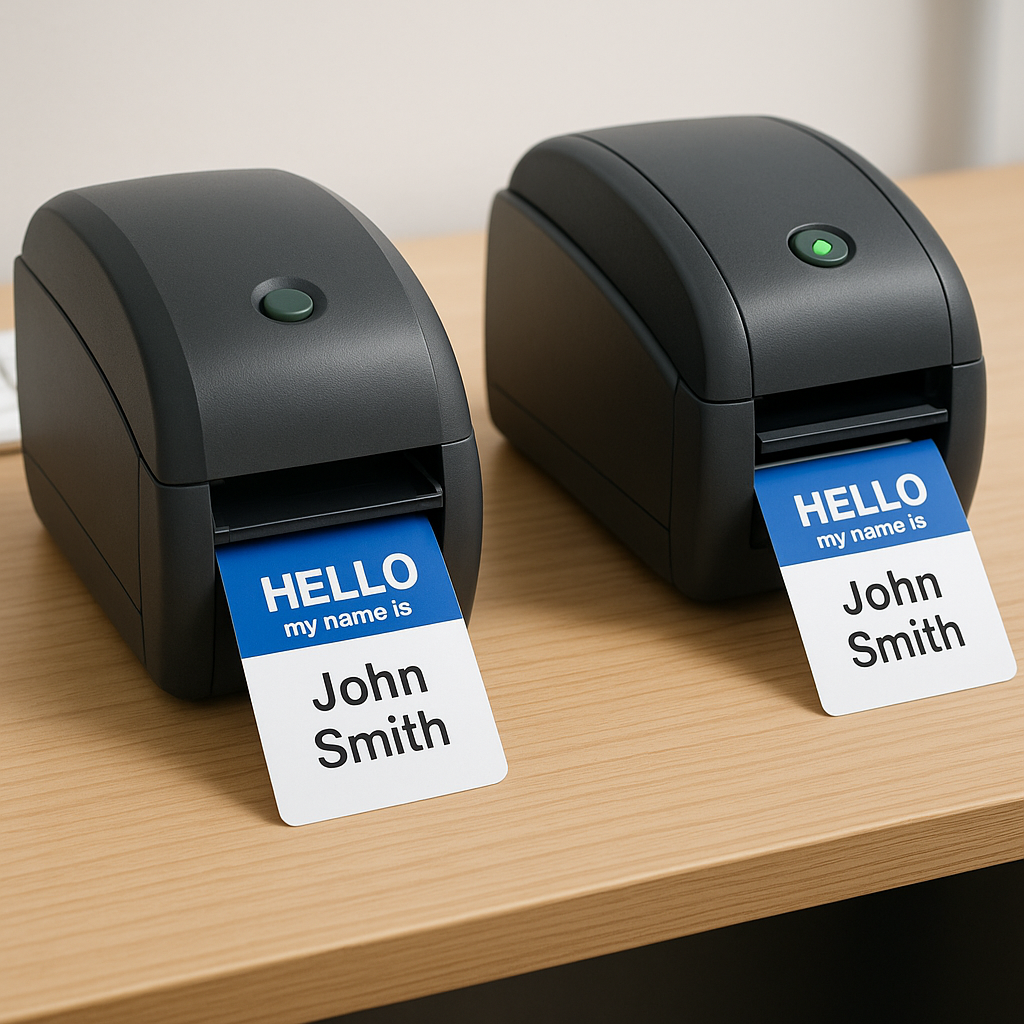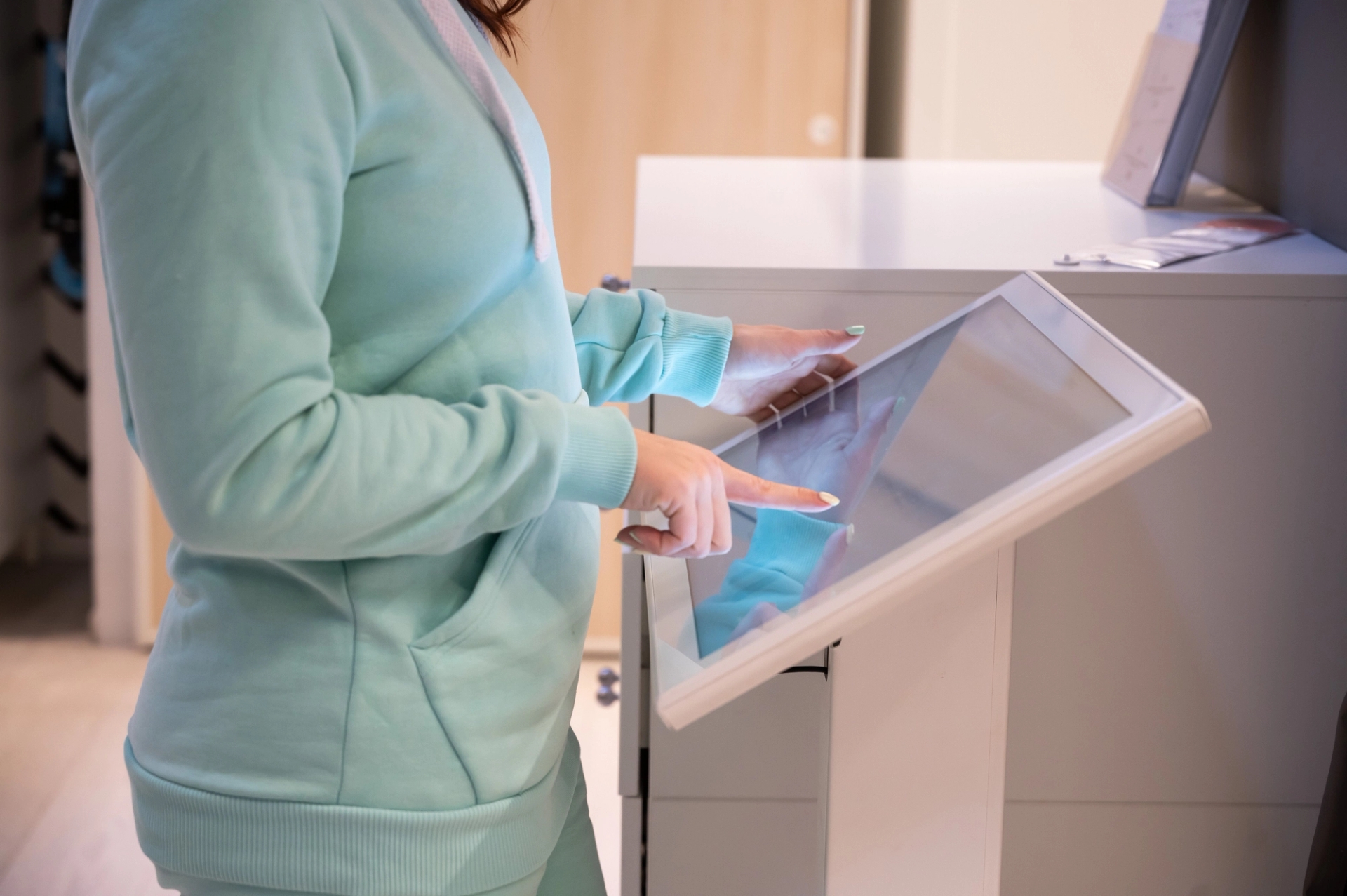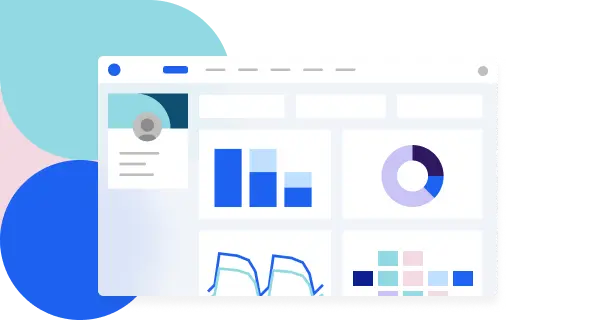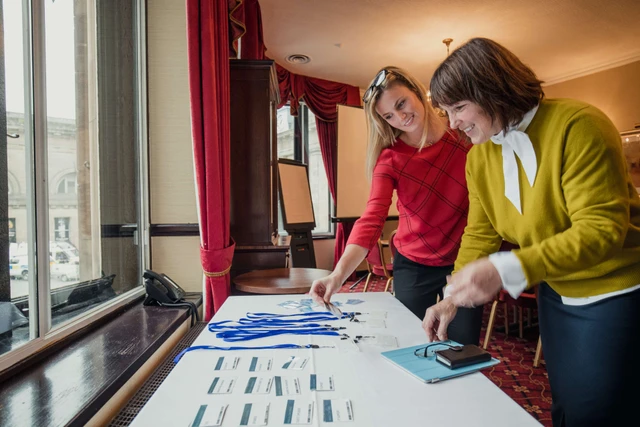The Psychology of Onsite Event Check-In: The Science of First Impressions
In this blog we will understand The onsite event check-in process significantly impacts attendees' overall experience by shaping first impressions. Efficient check-ins, warm greetings, clear signage, and the use of technology like instant badge printing and mobile check-ins can create a positive psychological effect. This leads to higher satisfaction and engagement throughout the event.
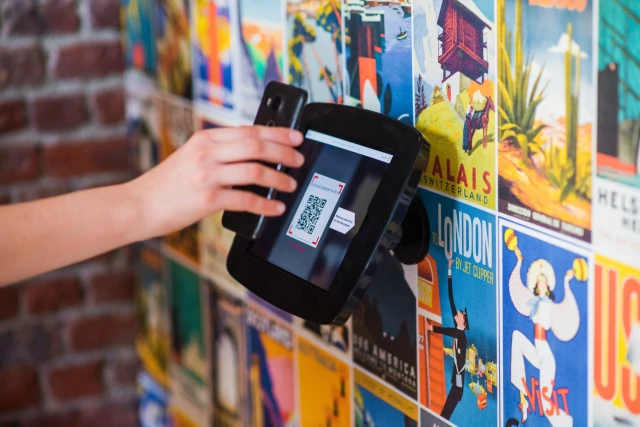
The Psychology of Onsite Badge Printing and Event Check-In: Creating Lasting First Impressions
As event organizers, we know the importance of a seamless onsite badge printing and event check-in process. It's not just a logistical necessity but the very first touchpoint between your attendees and the event, setting the tone for their overall experience. Beyond its practical purpose, onsite event badge printing and check-in hold a profound psychological impact. This blog explores how creating a positive first impression through onsite conference badge printing can enhance attendee satisfaction and improve event outcomes.
Why First Impressions Matter in Event Check-In
First impressions are formed within seconds, and onsite name badge printing plays a pivotal role in shaping them. For events, the initial attendee encounter—whether it’s through an onsite badge printer or the check-in process—sets expectations for the entire event. Several psychological principles highlight its importance: Confirmation Bias: If the check-in and onsite badge printing for events feel chaotic, attendees may perceive the event as poorly organized. Anchoring: A smooth and efficient conference badge printing system anchors attendees' expectations positively for the rest of the event. Primacy Effect: Attendees remember their first interaction vividly, making event badge printing and check-in experiences critical for setting the right tone.
Enhancing Event Check-In with Onsite Badge Printing Technology
To create a great first impression, onsite badge printing software is your secret weapon. Here's how you can make your conference badge printing process memorable:
Efficiency and Speed: Long wait times frustrate attendees. Use on-demand badge printing and event check-in and badge printing software to minimize delays. A quick, tech-driven check-in experience ensures attendees are greeted promptly.
Warm and Welcoming Staff: Your check-in team should exude friendliness. Pairing them with conference name badge printer machines for instant badge creation personalizes the experience and fosters positive emotions.
Clear Signage and Wayfinding: Attendees value clarity. Ensure onsite name badge printing stations and check-in areas are well-marked with intuitive signage. Complement this with real-time updates via event badge printing software or mobile apps.
Aesthetics and Atmosphere: The check-in area’s ambiance matters. A well-lit, aesthetically pleasing setup around your badge printers for conferences enhances the attendee experience.
Leverage Technology: Implement event badge printers with QR code scanning to eliminate manual errors. Use name badge printers for events that allow customization on the spot. Integrate digital solutions for smooth communication and updates.
The Ripple Effect of Positive Event Check-In Experiences
A seamless onsite event badge printing process doesn’t just impact the initial interaction—it sets the stage for the entire event. Attendees who begin with a positive check-in experience are more likely to overlook minor hiccups and rate your event favorably. Consider these case studies:
Event A: With efficient conference badges printing and friendly staff, attendees rate the event highly, even if minor issues arise later.
Event B: Poorly organized event name badge printing leads to long lines, overshadowing excellent content, resulting in low satisfaction scores.
Real-World Success: How TNW Manages Over 10,000 Attendees with Onsite Badge Printing
TNW utilized Azavista’s onsite badge printing software to streamline check-in for over 10,000 participants. Instant event badge printers ensured minimal wait times, leaving attendees impressed with the event’s efficiency and organization.
The Psychology of First Impressions: Your Competitive Edge
Understanding the psychology behind onsite badge printing and check-in empowers event organizers to create exceptional experiences. By investing in cutting-edge event badge printing software and prioritizing efficiency, warmth, and clarity, you can enhance attendee satisfaction and ensure your event leaves a lasting positive impression. Ready to transform your event check-in? Embrace the power of onsite badge printers and modern check-in solutions to elevate your events today.
More Onsite Badge Printing
